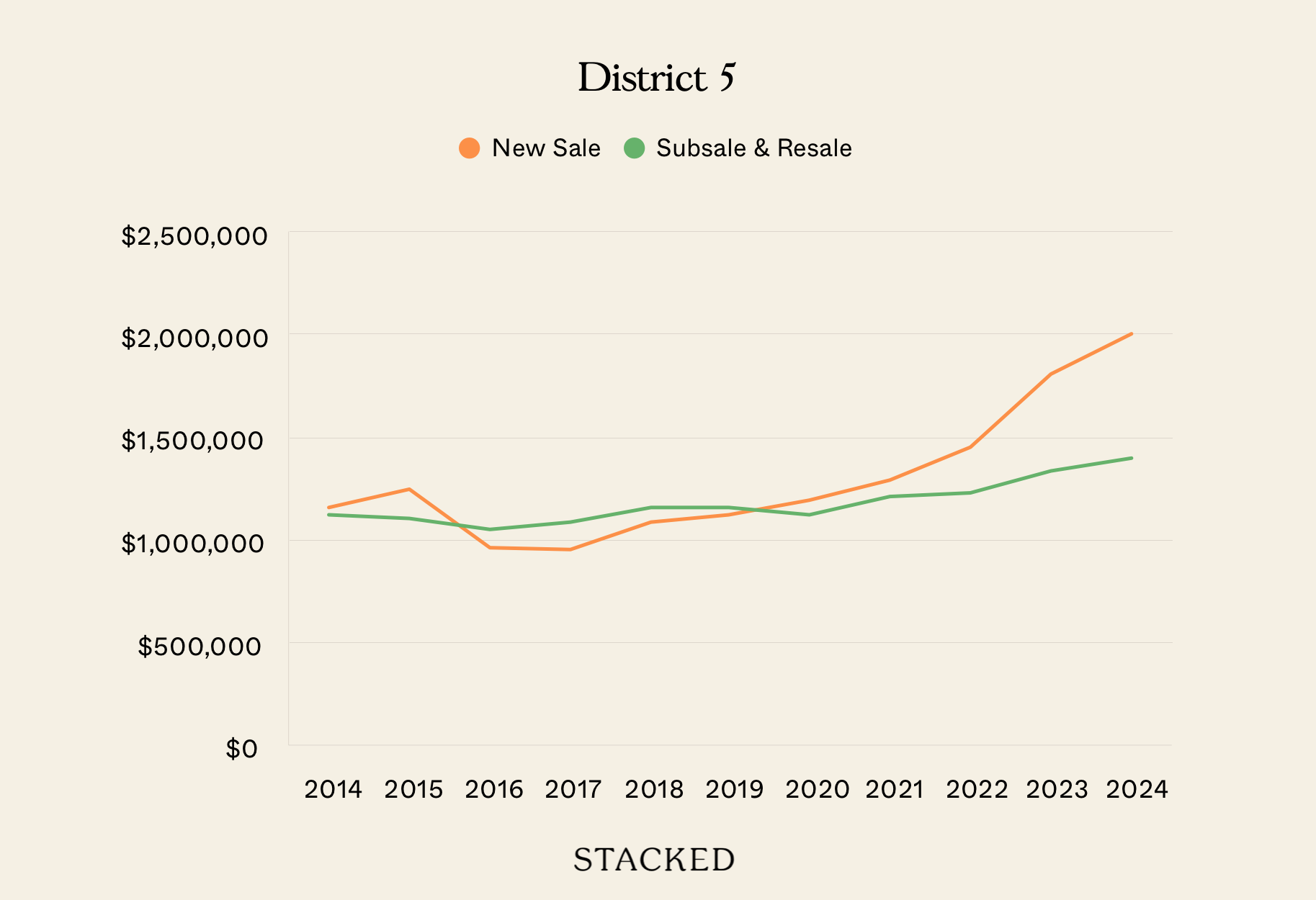An Introvert Renovates: How To Furnish An Introvert’s Home (Part 3)
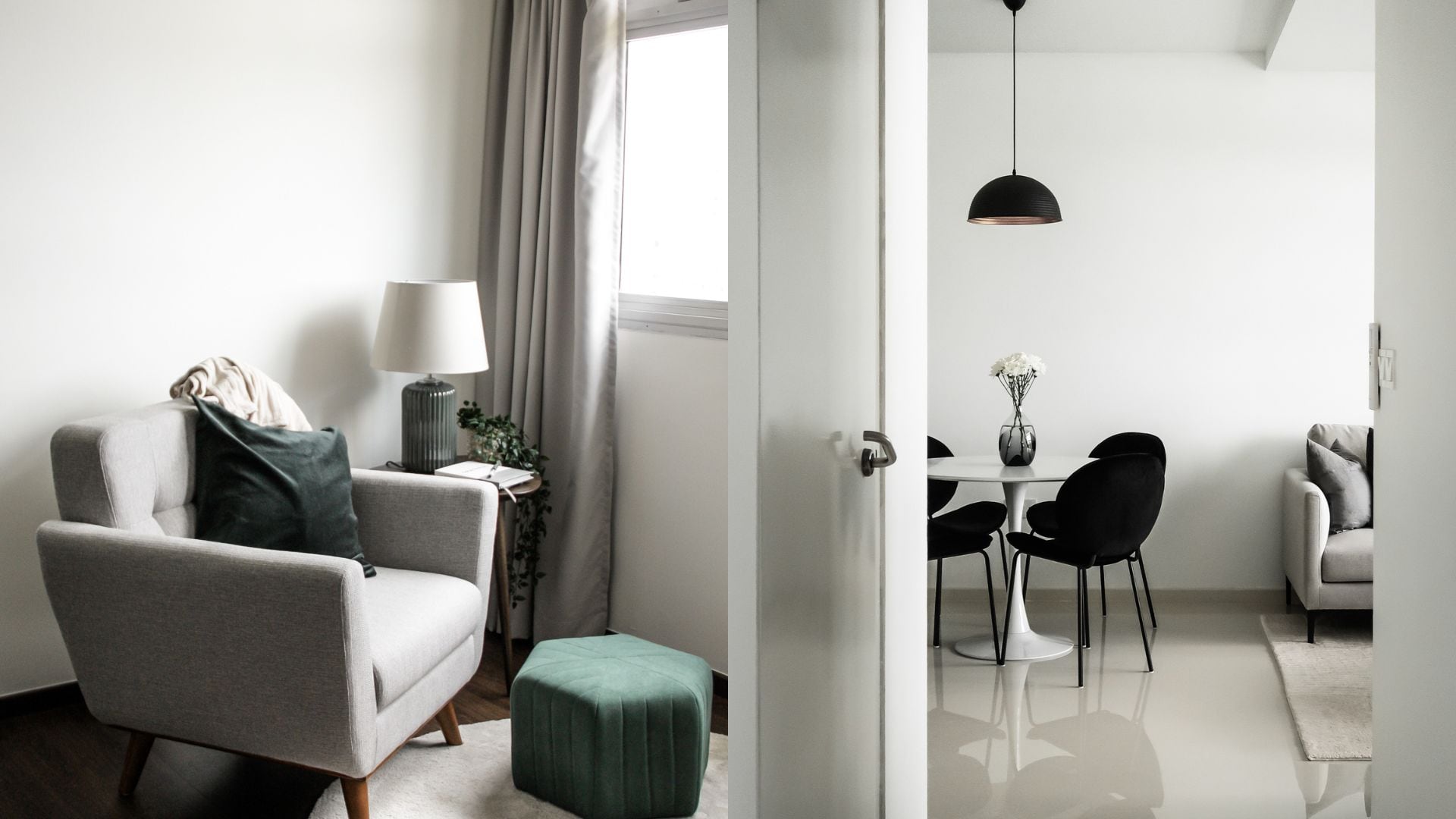
Get The Property Insights Serious Buyers Read First: Join 50,000+ readers who rely on our weekly breakdowns of Singapore’s property market.
Dan is a diehard introvert, freelance writer, first-time property owner, and backseat interior designer. He posts pictures of his home and writes about an odd combination of interior design, lifestyle, and self-development on his Instagram channel @stayingonthehill.
The walls, floors and ceilings are done. All the fixtures and carpentry are in place. Now comes the fun bit – filling your newly-renovated home with furniture and decor.
Well, it can be fun if you’re not an introvert with a bad case of decision paralysis, like me. I spent months and months poring over online shopping websites and visiting brick-and-mortar furniture stores. IKEA visits became a weekly routine, not that it’s something I’d complain about since I enjoy Swedish flatpack furniture. But there was just an endless sea of choices for a huge range of budgets, and I didn’t dare bite the bullet on any of them for a long time.
What forced my hand was the near completion of my flat’s renovations and my impatience to move in and shut myself off from the world. I needed a method to my madness of perpetual window shopping.
The three strategies I shared in Part 2 for the renovations apply here too if your goal is to have a calming space. First, choose furniture that fits into a largely neutral but restricted colour palette. Second, choose furniture that exhibits fewer and cleaner lines. And third, standing and table lamps with warm-white bulbs are your friends because they’ll help even out the illumination in your home.
But on top of these three strategies, I developed a further three strategies to help me furnish and decorate my flat that would best appeal to my introverted self.
1. Embrace symmetry
There’s recently been a trend on social media of people applying symmetry filters on their faces, either reflecting the left side of their faces or their right side. For some, they seem like two entirely different people switching between sides; for others, less so. Some faces are more symmetrical than others. And across history and cultures, facial symmetry is more attractive.

The same principle extends to our spaces – symmetrical spaces just look visually pleasing, and above all, calming.
It’s not at all difficult to accomplish, because you just need to ensure that you mirror one side of a room to the other, in fixtures and furnishing. The most straightforward example I can think of is to have matching bedside tables and lamps on either side of your bed.
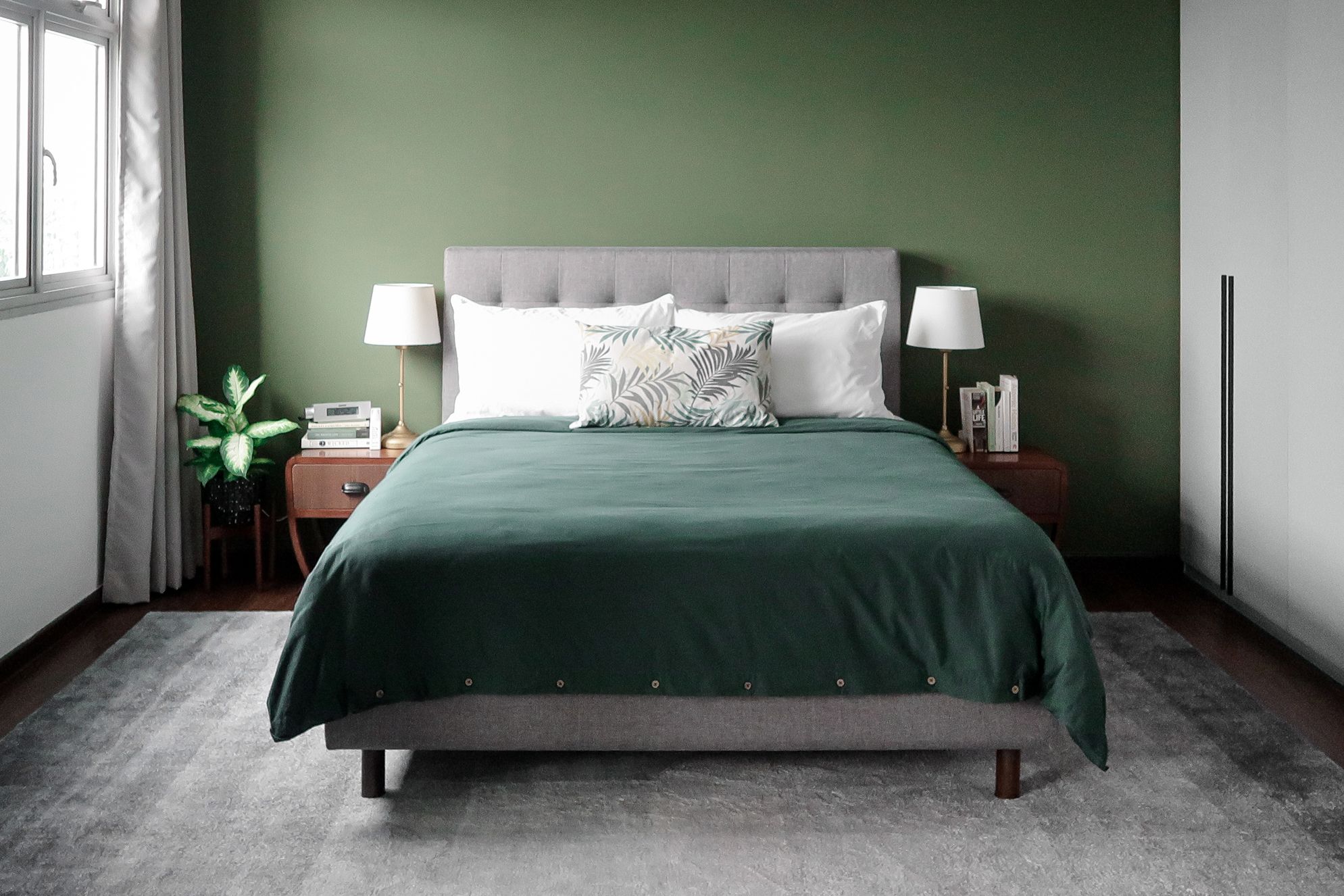
Of course, symmetry isn’t possible in all corners of the home. That’s where its sister principles – balance and proportion, come in.
Balance is about ensuring that there is an equal distribution of visual weight in a space. For example, if you have a massive sofa like I do, on one side of your living room, you’ll need a chunkier TV console on the other side to create visual balance.
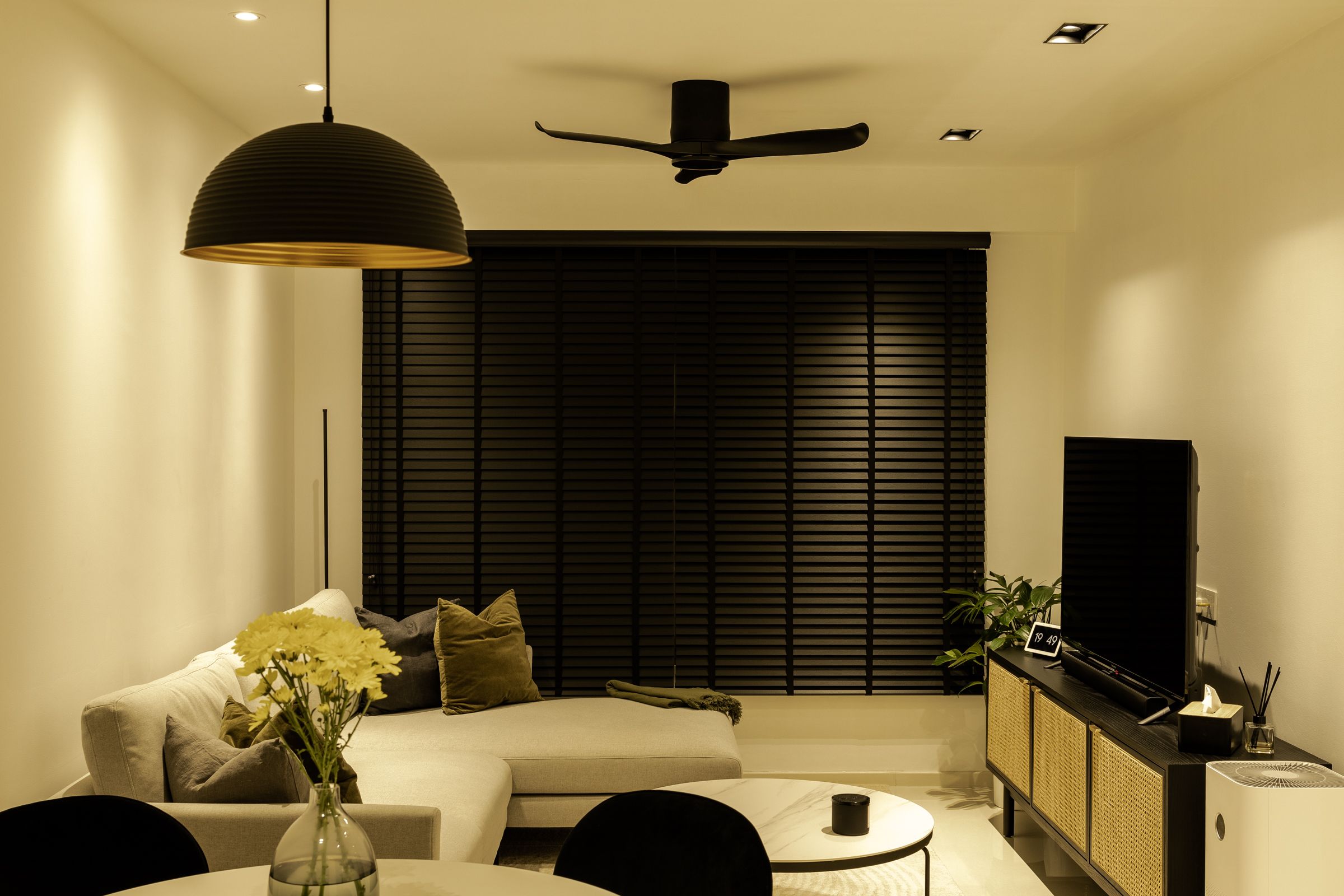
Homeowner StoriesAn Introvert Renovates: How To Design An Introvert’s Home (Part 2)
by DanProportion functions very similarly. I think we instinctively think that smaller furniture and more open space make our homes look bigger, but in fact, having ill-proportioned furniture can have the opposite effect.
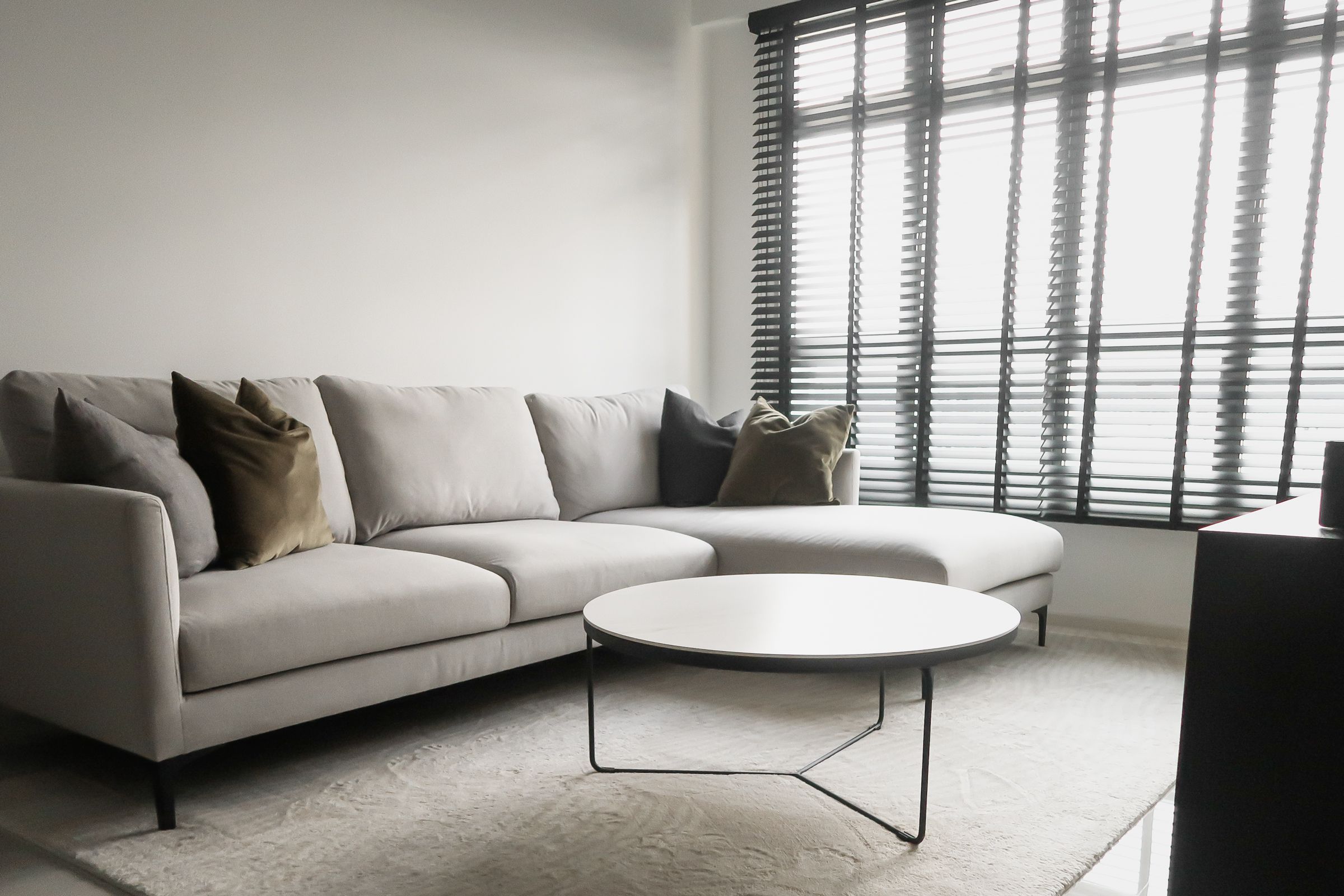
Proportion can be tough to achieve. What is the right size? I myself agonised for a long time over whether to buy a 3.5-seater sofa over a more conventionally-sized 3-seater sofa. (The difference is a whopping 50cm in width.) In the previous instalment of An Introvert Renovates, I mentioned I had a 3D rendering of my flat, and that ultimately helped me decide that a large sofa would be perfect for my living room.
Achieving symmetry, balance and proportion in our spaces can sound daunting, but the fact of the matter is that we all have our own barometers for what is pleasing to our eyes. It’s about being more conscious about the images of interest that we’re drawn to, especially how they make us feel, and why.
2. Less is more
Decluttering became all the rage in recent years thanks to Mari Kondo and other home organisation gurus. And thank goodness for their evangelism, because chaotic and messy spaces easily overstimulate any introvert. But across the gospels that Kondo and others like her preach, I’ve found that there are three common principles for a clutter-free and calming space.
First, ensure everything has a home.
You can be quite general about organising your things and where they’ll go. For example, in my flat, all hardware and tools go into my DB cabinet and all stationery stays in my home office. If you’re an organisation fiend like me and enjoy using your label maker way too much, then you can demarcate drawers, boxes or spaces for specific items.
This principle takes a lot of planning and thought, but once a system for housing all your stuff is in place, you’ll never have to stress about locating things in your home.
More from Stacked
An Analysis Of 5 Shoebox Units Floor Plans From An Architecture Student
For many young singles in Singapore, purchasing and owning a property might be the biggest hurdle to overcome in their…
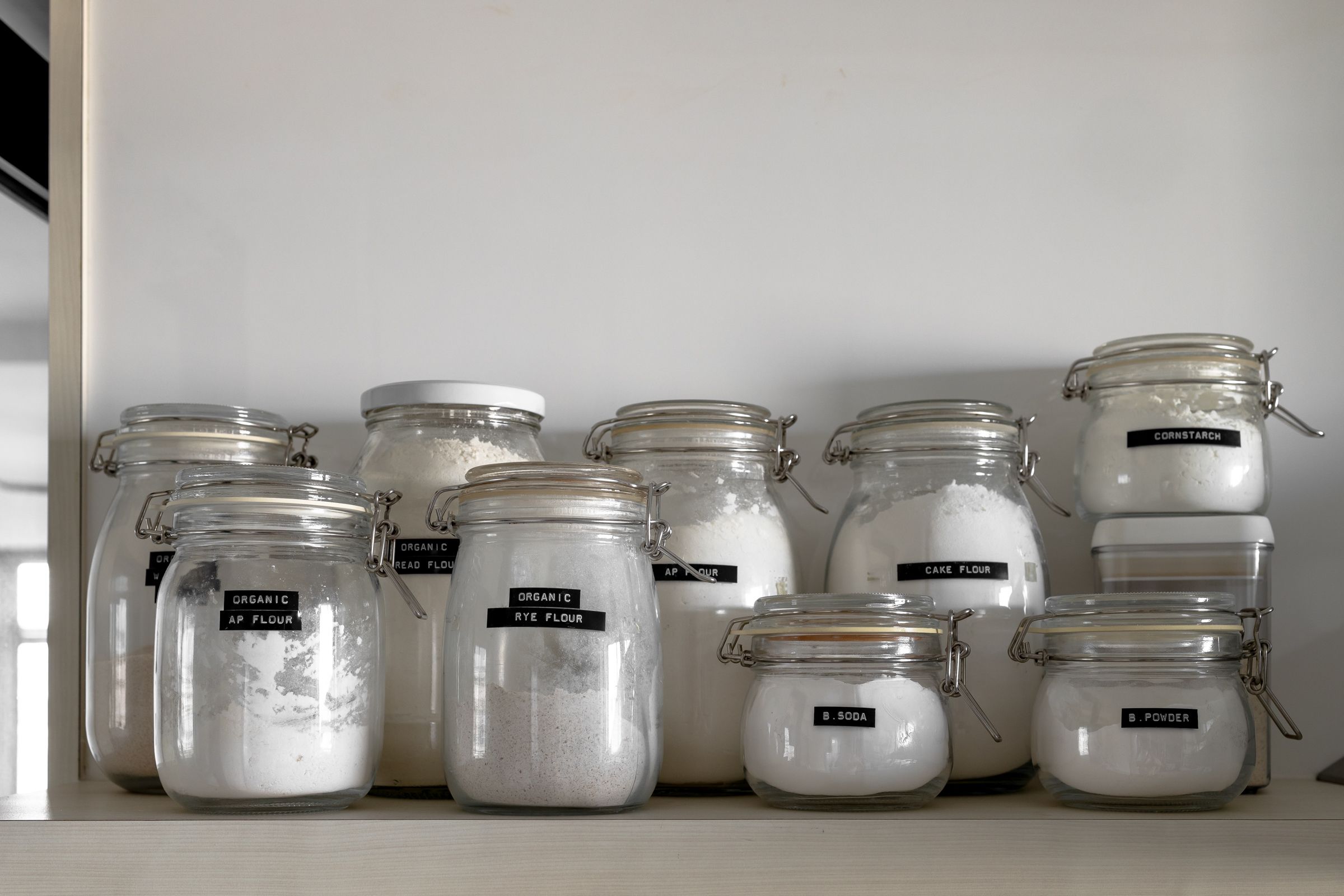
Second, just have less overall.
I wouldn’t dare call myself a minimalist although I aspire to be one. Fumio Sasaki’s book Goodbye Things is my manual for living the minimalist lifestyle. Sasaki has minimalist living so down that it only takes him 30 minutes to pack up his home and move.
Then again, Sasaki also espouses using one soap for all your cleaning needs, including personal hygiene and domestic cleaning. And I’m not prepared to go that far to be a minimalist.
You don’t have to live in such an austere manner. But the path towards minimalism does force you to confront and audit all your belongings, deeply question what you absolutely need to live, and then brave the letting go of all that is unnecessary.
In my own experience, having less means having less to worry about. If anything, minimalism is a philosophy for more carefree living.
Third, only display what you love the best.
I get that displaying vast collections of tchotchkes is a source of pride to a few, but not many of us can afford the space to give each item its due. More often than not, these collections are crammed onto a shelf or in a cabinet at best.
In my flat, I barely display any personal effects because I want to keep surfaces clean. But I do put out a few choice items that speak to my person. Because I’m an aviation geek, sitting on my desk is a mini model of the now-defunct Singapore Airlines “Megatop” Boeing 747-400.
For me, having too many items on display just create too much visual noise. And beyond overstimulating, just thinking of dusting over cluttered trophy cabinets can raise my blood pressure a few notches.
“Less is more” should be the warcry of any introvert homeowner. Less mess and stress begets more calm and peace.
3. Think cocooning
As a child, I remember watching the Hollywood classic film Cocoon. In it, there were aliens, hairless humanoid creatures who shone like the sun and meant no harm. (Still, they used to give my younger self nightmares.) When Atlantis sank to the bottom of the ocean, the aliens fled, but a few of them were left behind, surviving in cocoons underwater, which preserved their life force.
Yes, I like to think of my flat as a cocoon, my life force preservation chamber. (And I do sometimes think of myself as alien.) To that end, when I think of furnishing my home, I think of things that feel protective and comforting. And while I prefer clean walls and bare surfaces, anything that I touch should feel soft.
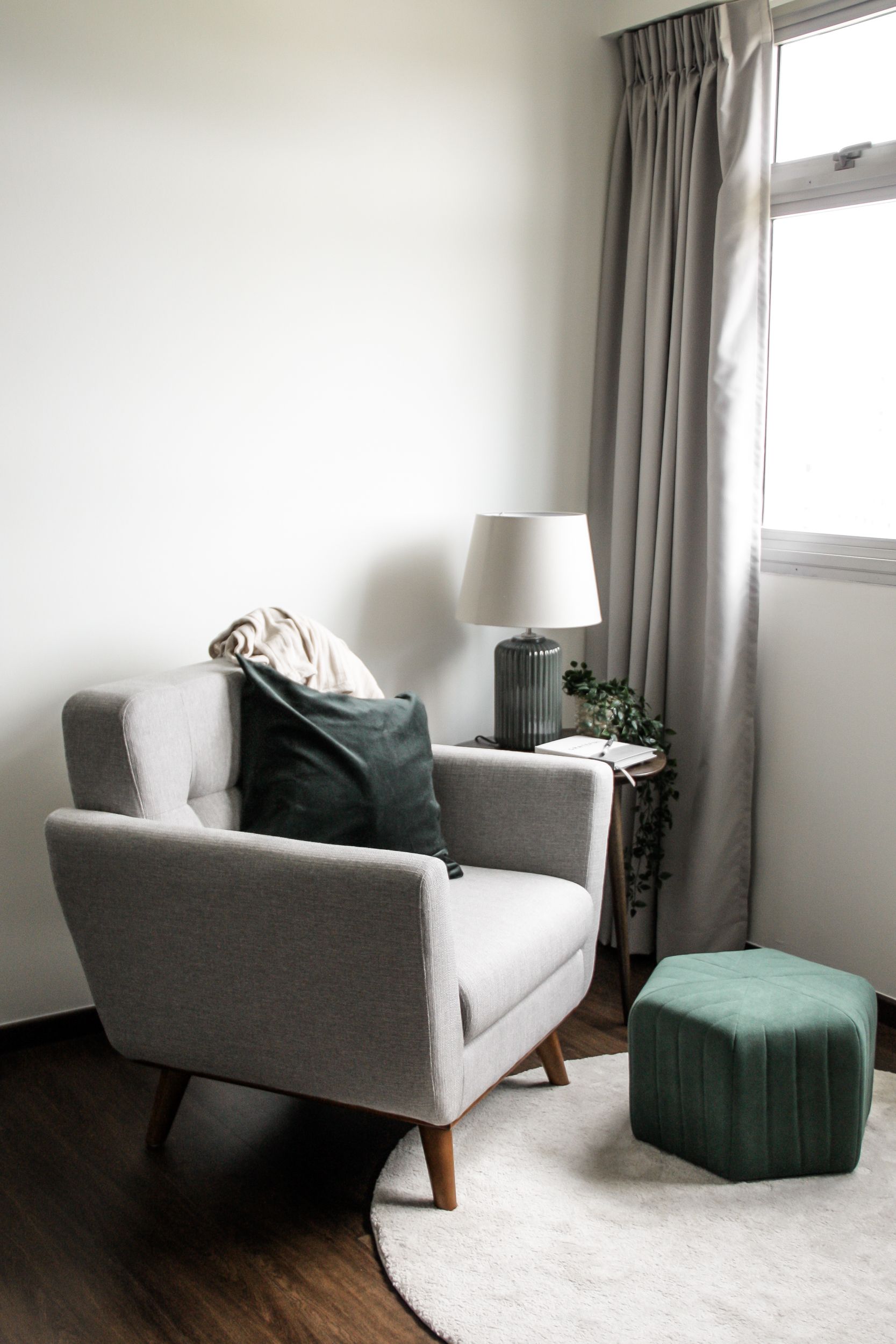
I have carpets in every space so my feet are always touching something soft. I prefer my sofa covered in fabric that’s soft and plush, over stiffer leather although the latter is easier to clean and upkeep. I have fluffy cushions for my sofas and favourite armchair. And the bedroom has heavy blackout curtains, perfect for shutting out the world.
Another way to create a cocoon-like environment is to choose curves over sharp edges. In Ingrid Fetel Lee’s Joyful, Lee writes that circles, spheres and curves are “approachable shapes”. Neurological research has shown that we associate their lack of sharp edges with safety. Conversely, the part of our brain that deals with fear light up when shown images of angular objects.
Arches in domestic interiors have become very popular in recent years, although my preference in architecture is still for sharp corners. But for furniture, I love round shapes and curves. Cases-in-point, my round tulip dining table and round coffee table.
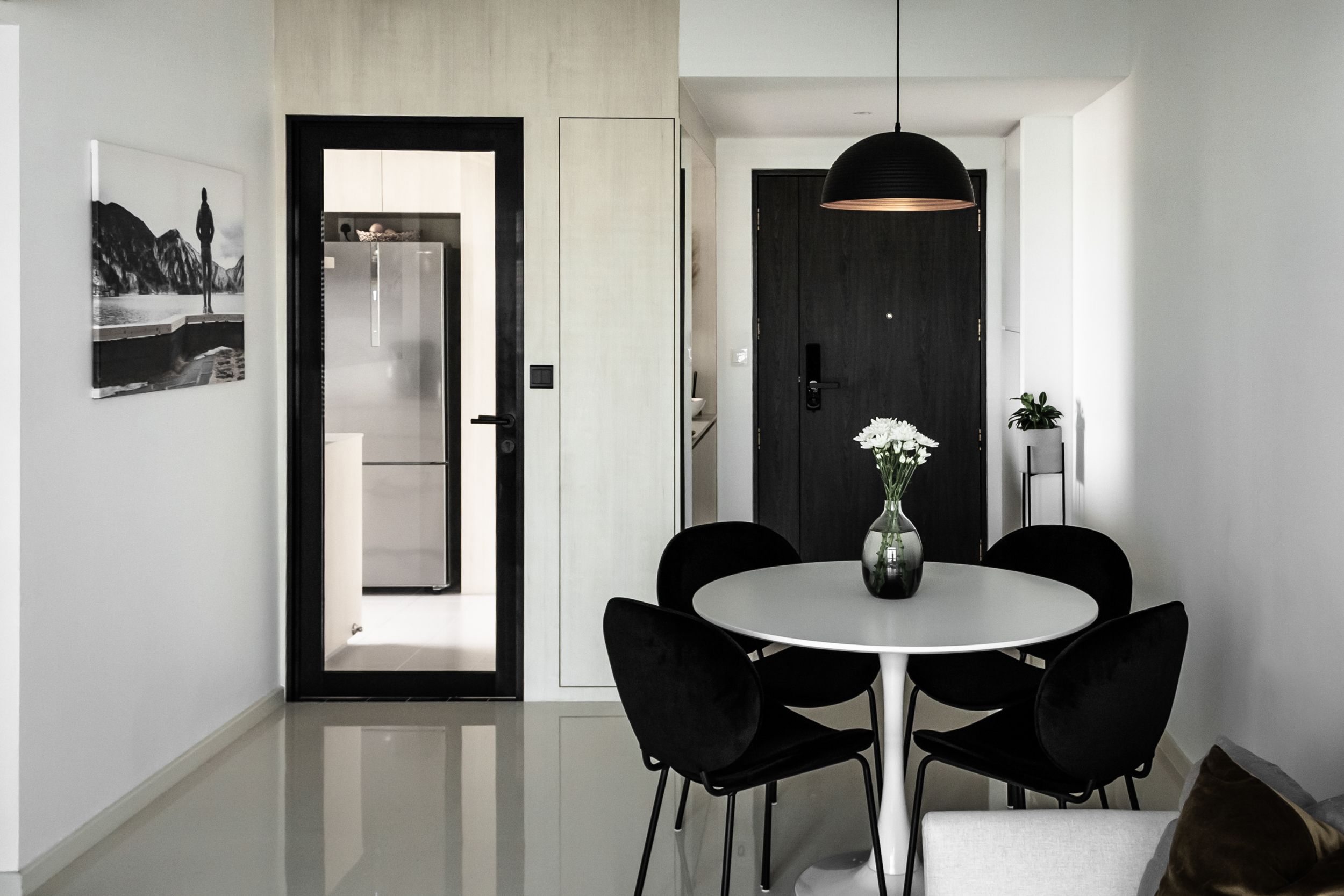
The goal here is to create an environment that feels secure and warm. After all, your home is somewhere you want to let down your guard, rest and recharge.
Renovating your home is the opportunity to create the space of your dreams. My dream space is one that dials down the speed and messiness of life. Have I achieved it? I think so. By following these three strategies – as well as the three before – I have a home which soothes and calms.
But although I knew exactly what I wanted, I couldn’t have done it alone. Come back for Part 4 to learn how I selected an interior designer to help me build my dream home.
Dan
Dan is a diehard introvert, freelance writer, first-time property owner, and backseat interior designer. He posts pictures of his home and writes about an odd combination of interior design, lifestyle, and self-development on his Instagram channel @stayingonthehill.Read next from Homeowner Stories
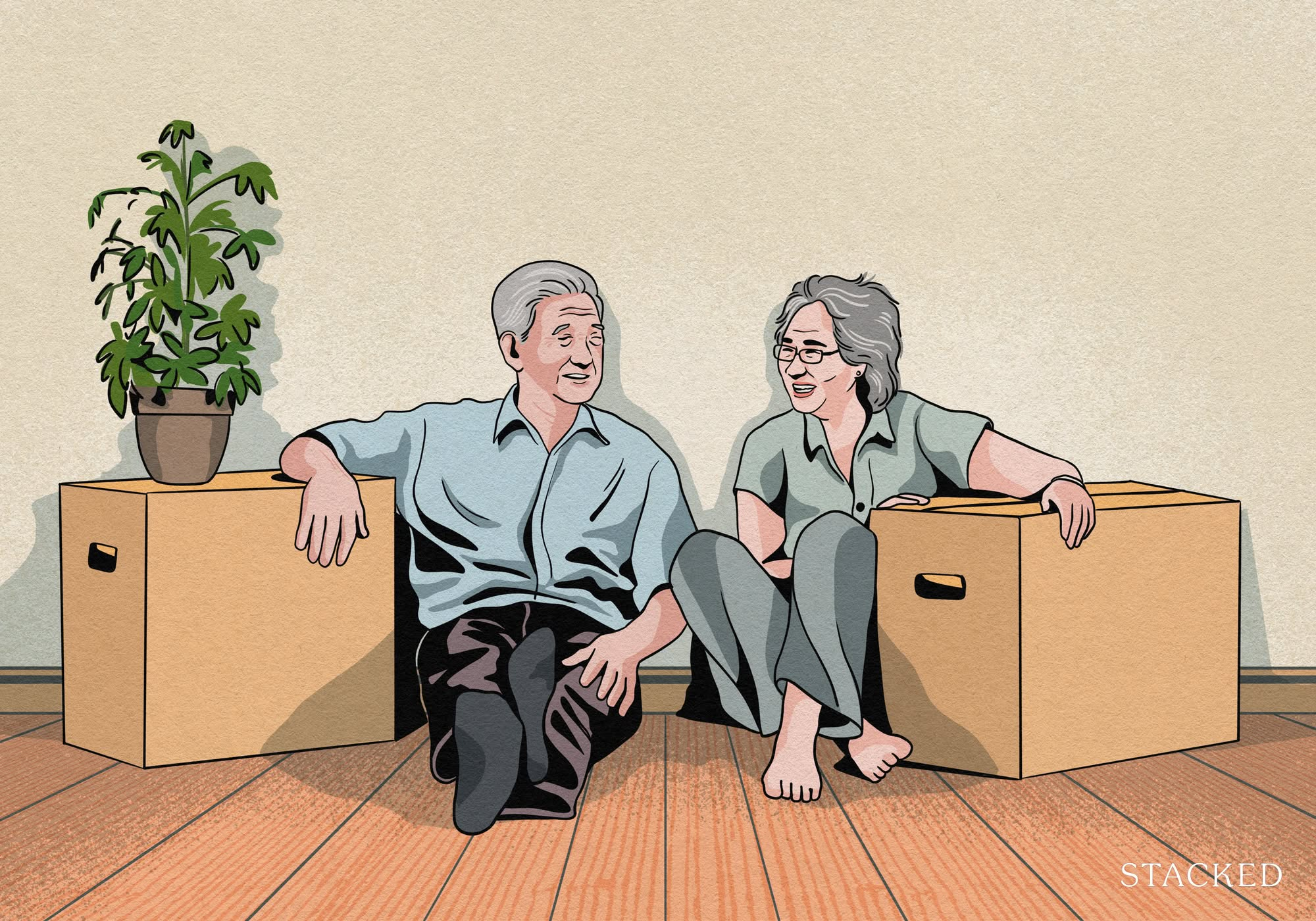
Homeowner Stories “If We Sell, We’ll Never Have A Home This Big Again”: What Singaporean Parents Do After The Kids Move Out
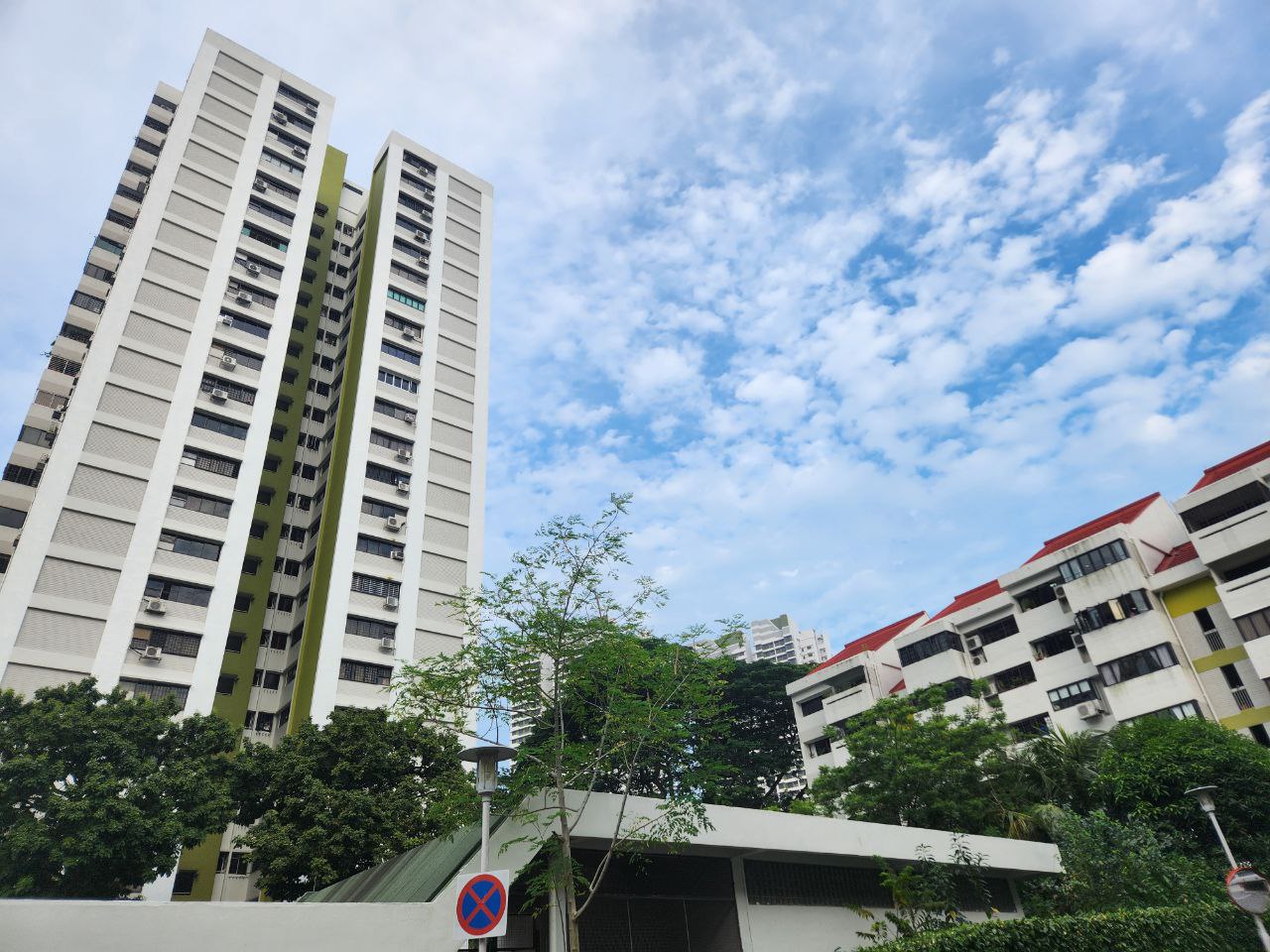
Homeowner Stories I’ve Lived In Braddell View For 14 Years: What It’s Like To Live In Singapore’s Largest Residential Site
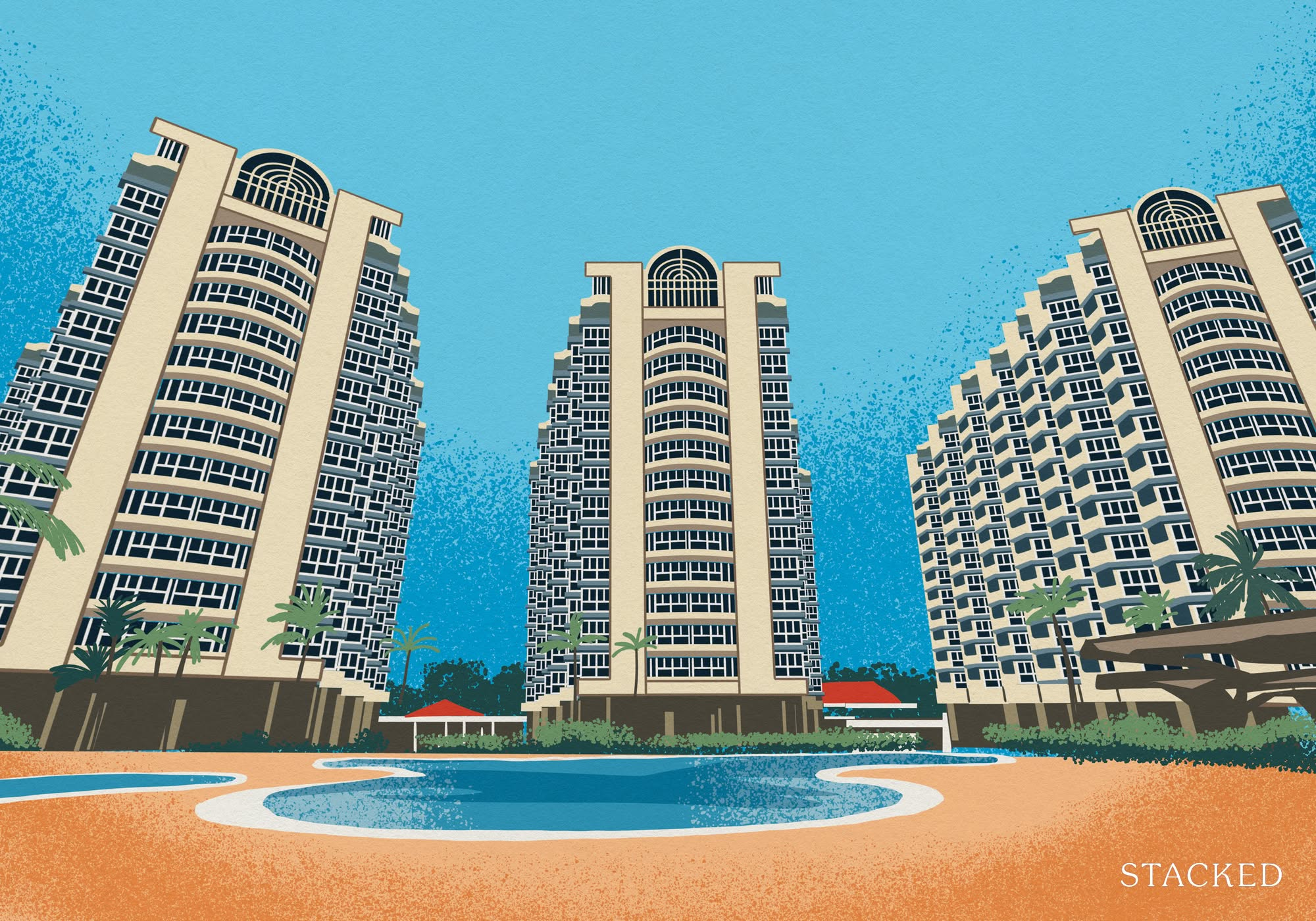
Homeowner Stories Why These Buyers Chose Older Leasehold Condos—And Have No Regrets

Homeowner Stories Why We Chose A $2.7M 4-Bedder At Lentor Mansion Over A Resale Condo
Latest Posts

On The Market 5 Cheapest HDB Flats Near MRT Stations Under $500,000
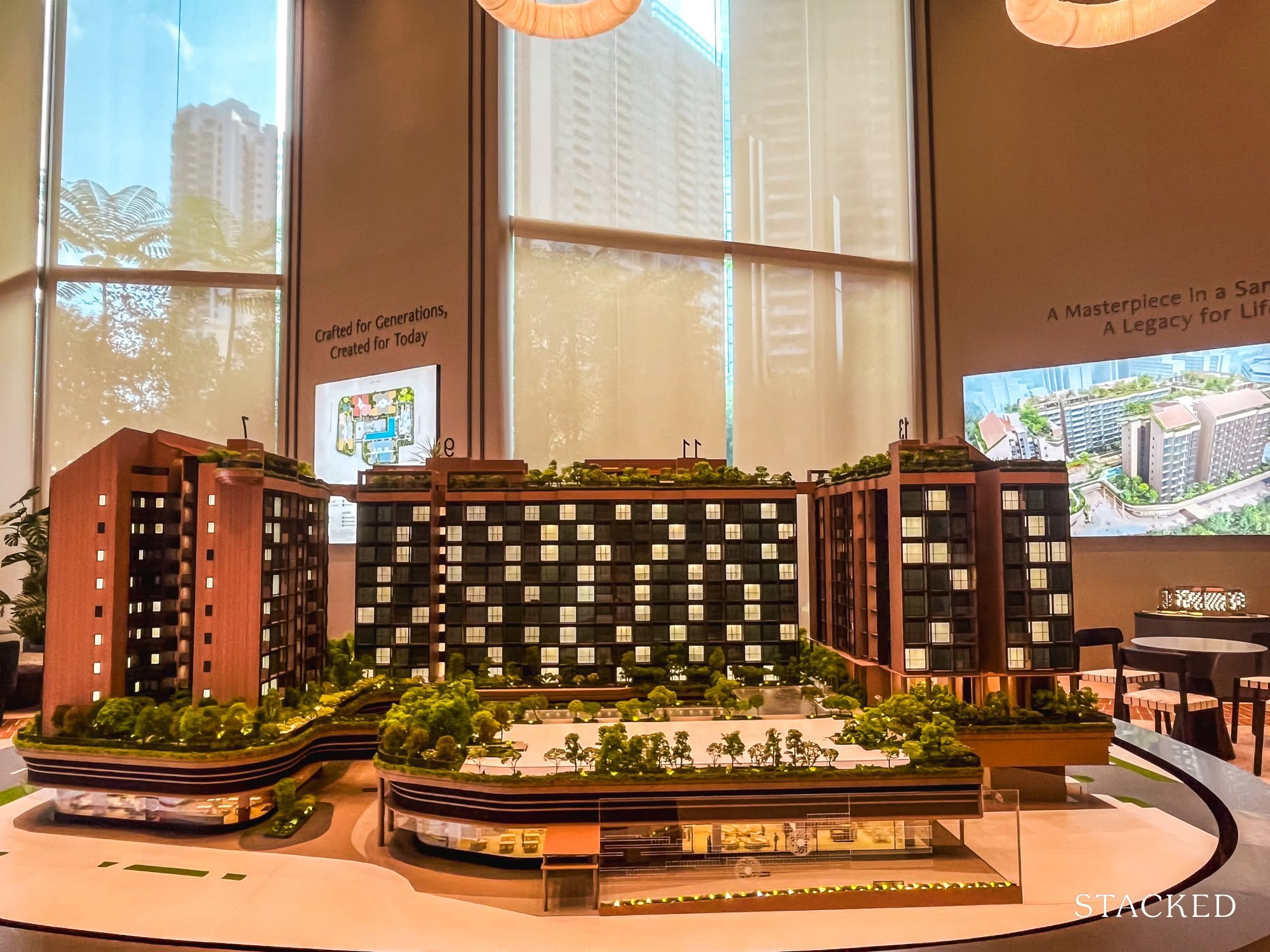
New Launch Condo Reviews The Robertson Opus Review: A Rare 999-Year New Launch Condo Priced From $1.37m
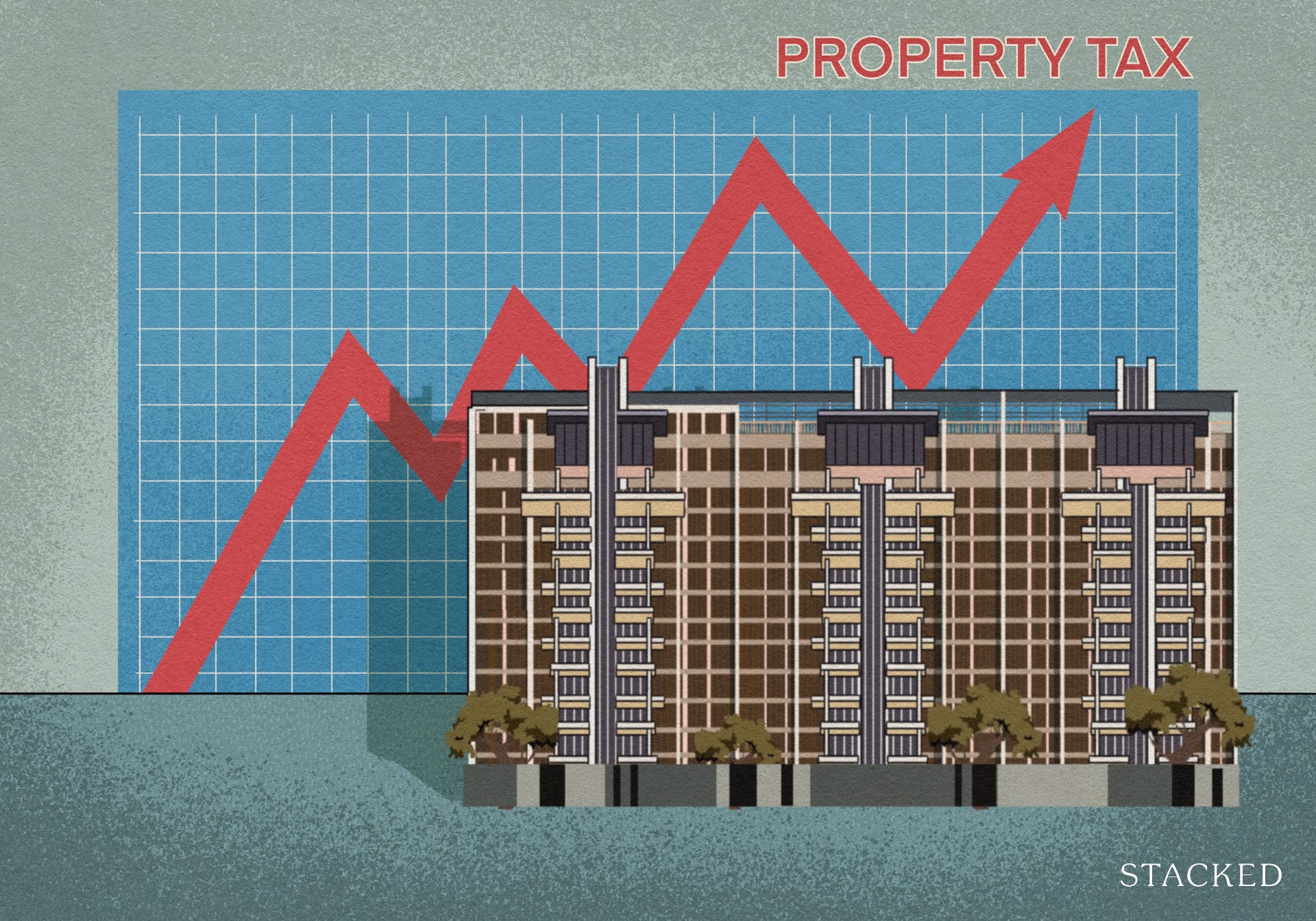
Singapore Property News Higher 2025 Seller’s Stamp Duty Rates Just Dropped: Should Buyers And Sellers Be Worried?
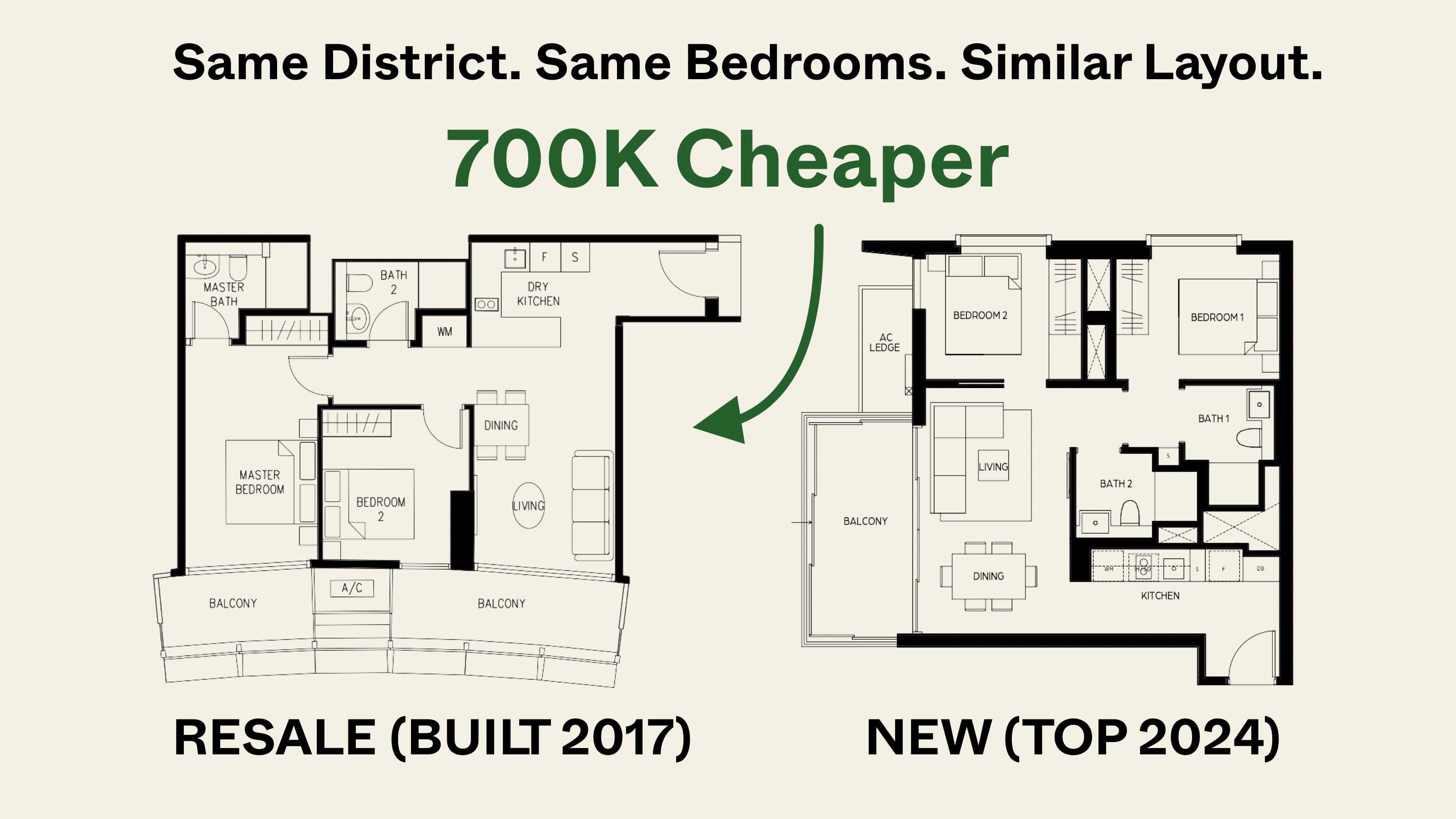
Pro Same Location, But Over $700k Cheaper: We Compare New Launch Vs Resale Condos In District 7
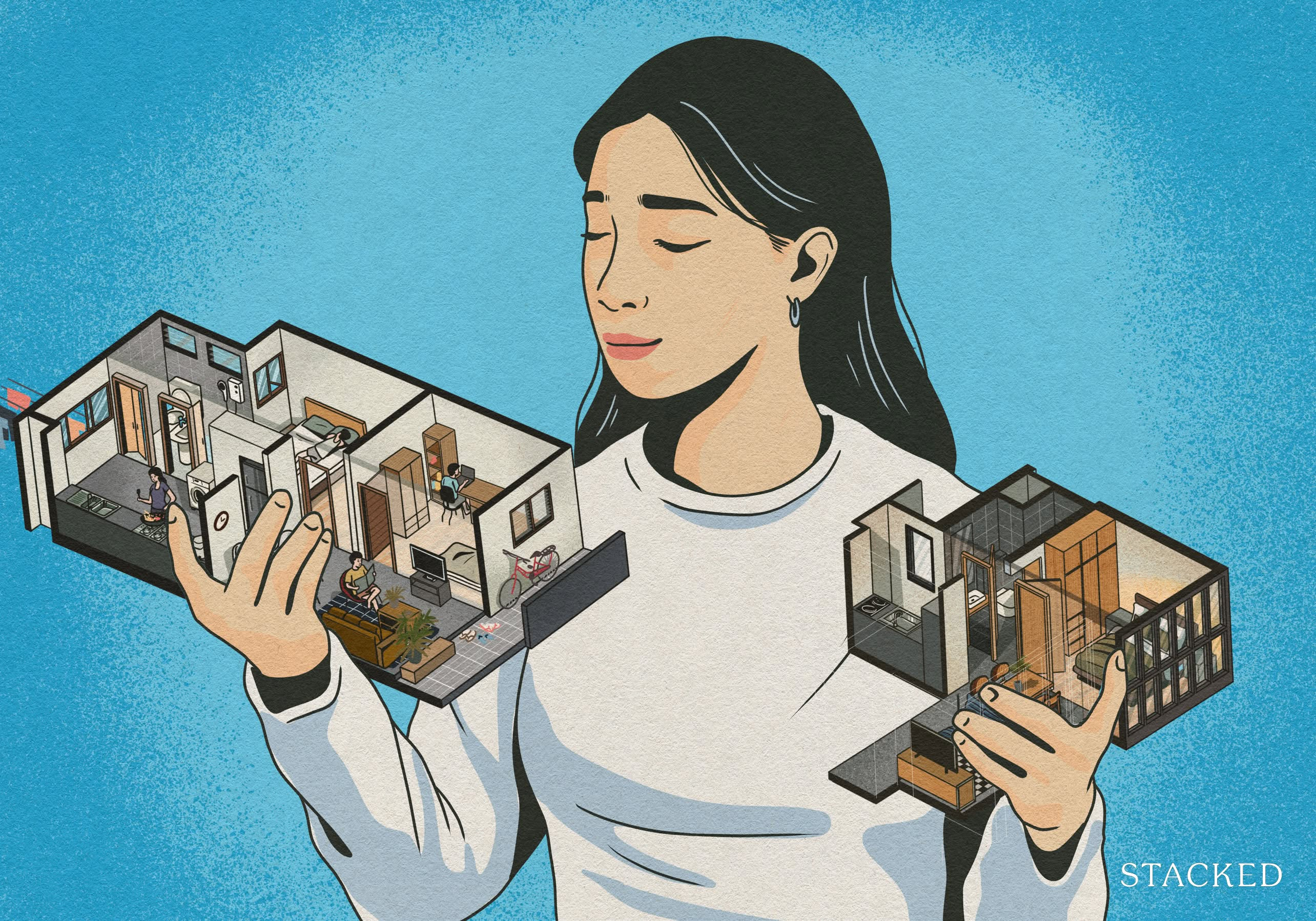
Property Trends Why Upgrading From An HDB Is Harder (And Riskier) Than It Was Since Covid

Property Market Commentary A First-Time Condo Buyer’s Guide To Evaluating Property Developers In Singapore

New Launch Condo Analysis This Rare 999-Year New Launch Condo Is The Redevelopment Of Robertson Walk. Is Robertson Opus Worth A Look?
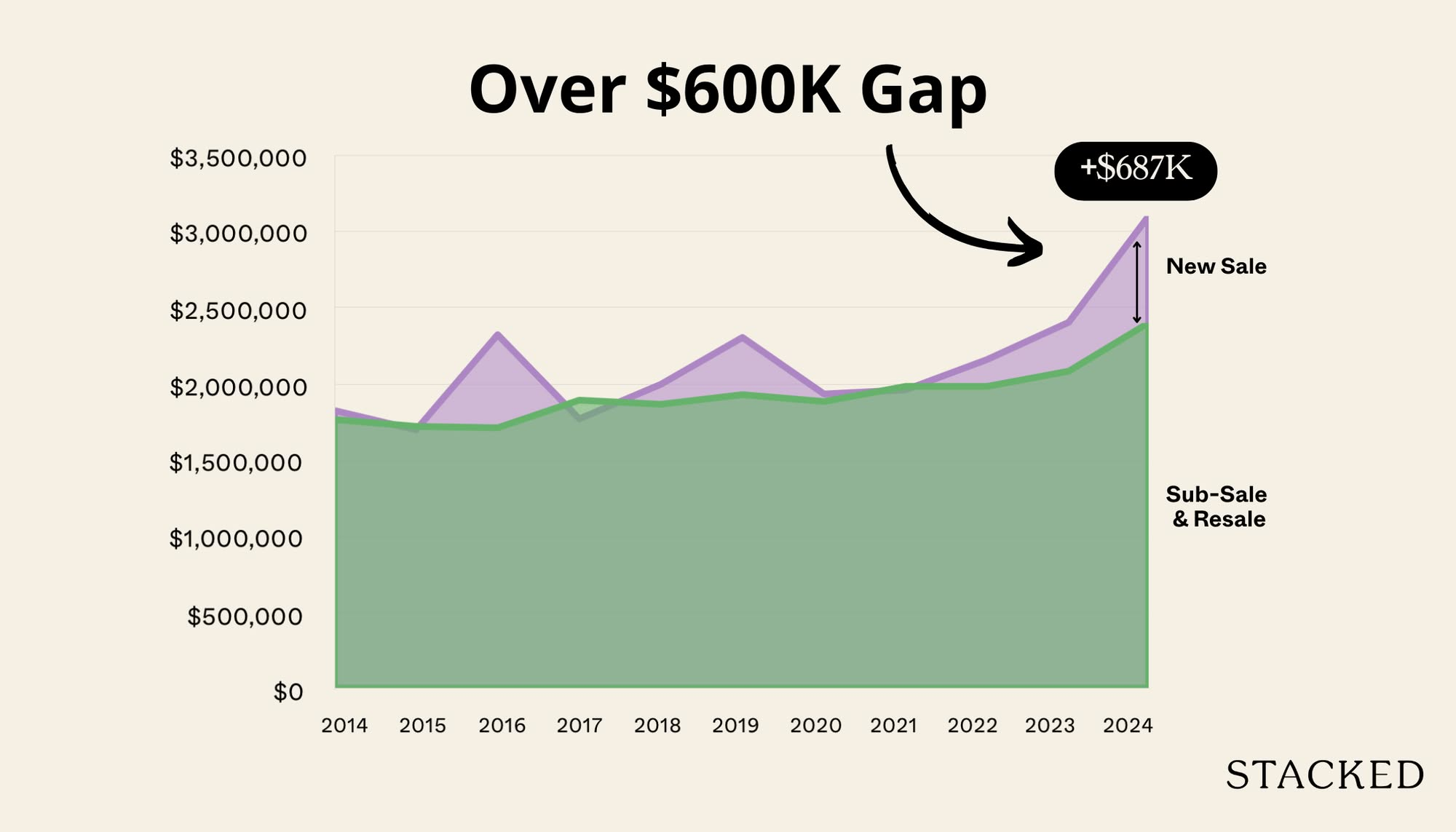
Pro We Compared New Vs Resale Condo Prices In District 10—Here’s Why New 2-Bedders Now Cost Over $600K More
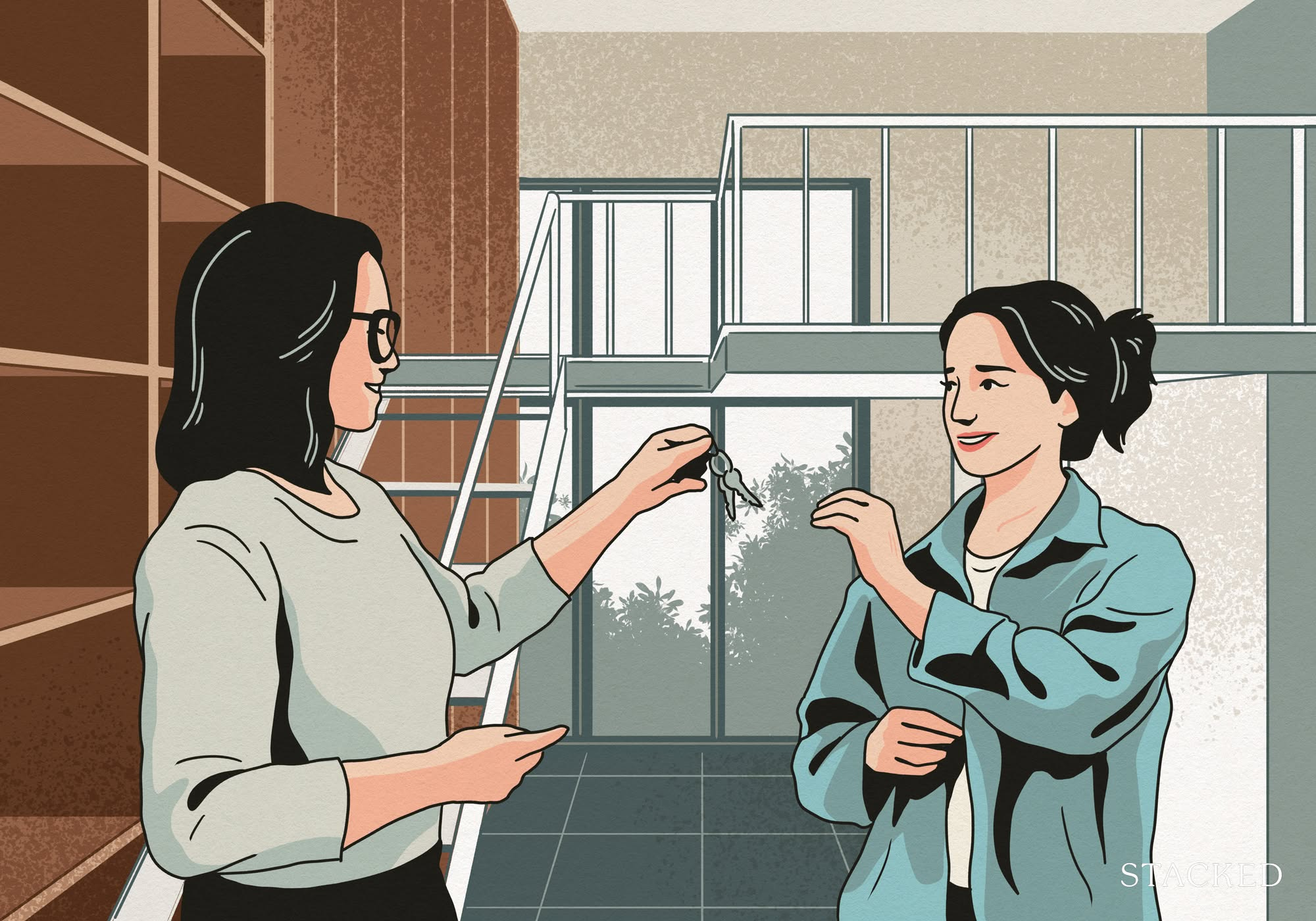
Singapore Property News They Paid Rent On Time—And Still Got Evicted. Here’s The Messy Truth About Subletting In Singapore.
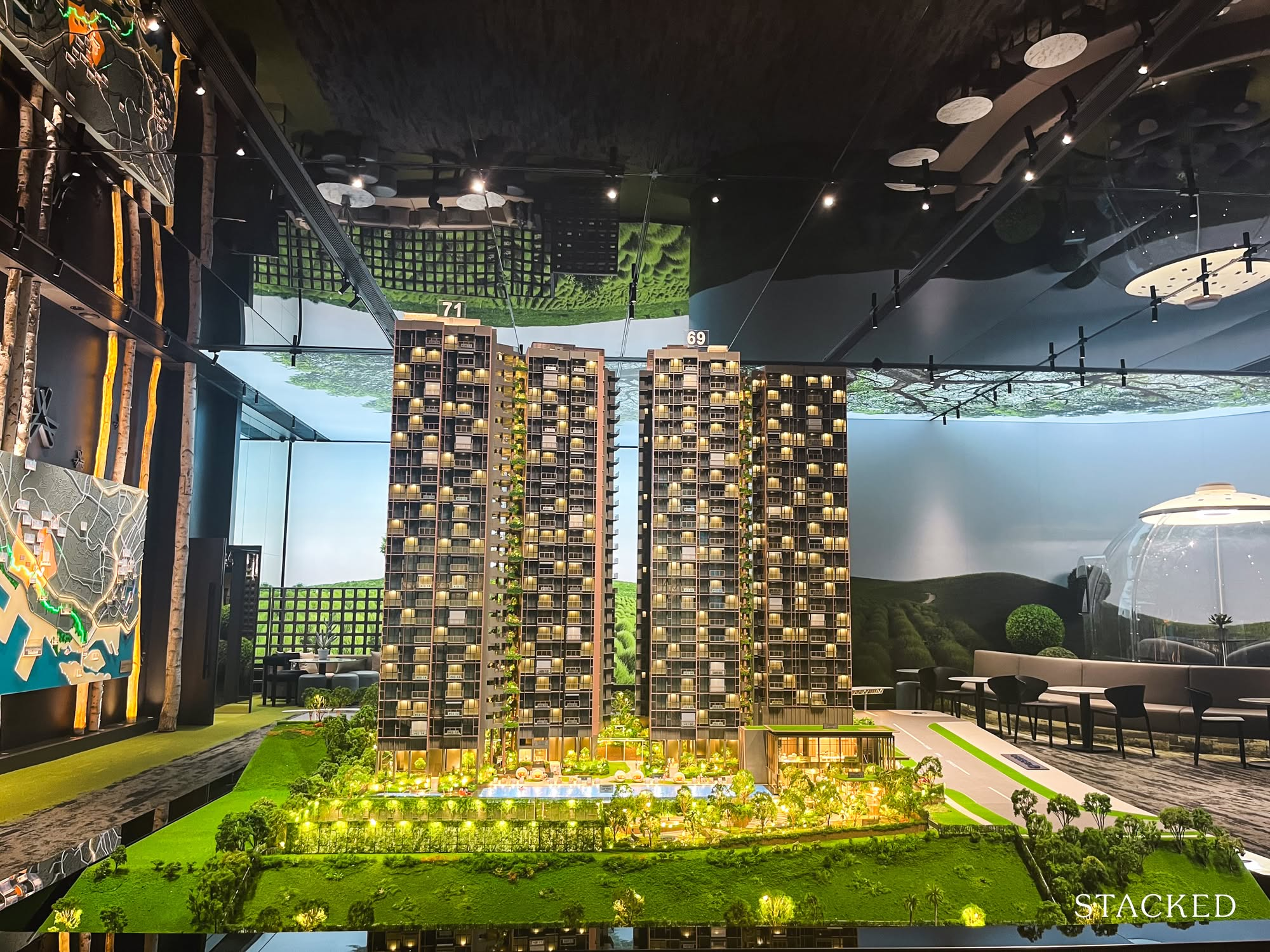
New Launch Condo Reviews LyndenWoods Condo Review: 343 Units, 3 Pools, And A Pickleball Court From $1.39m
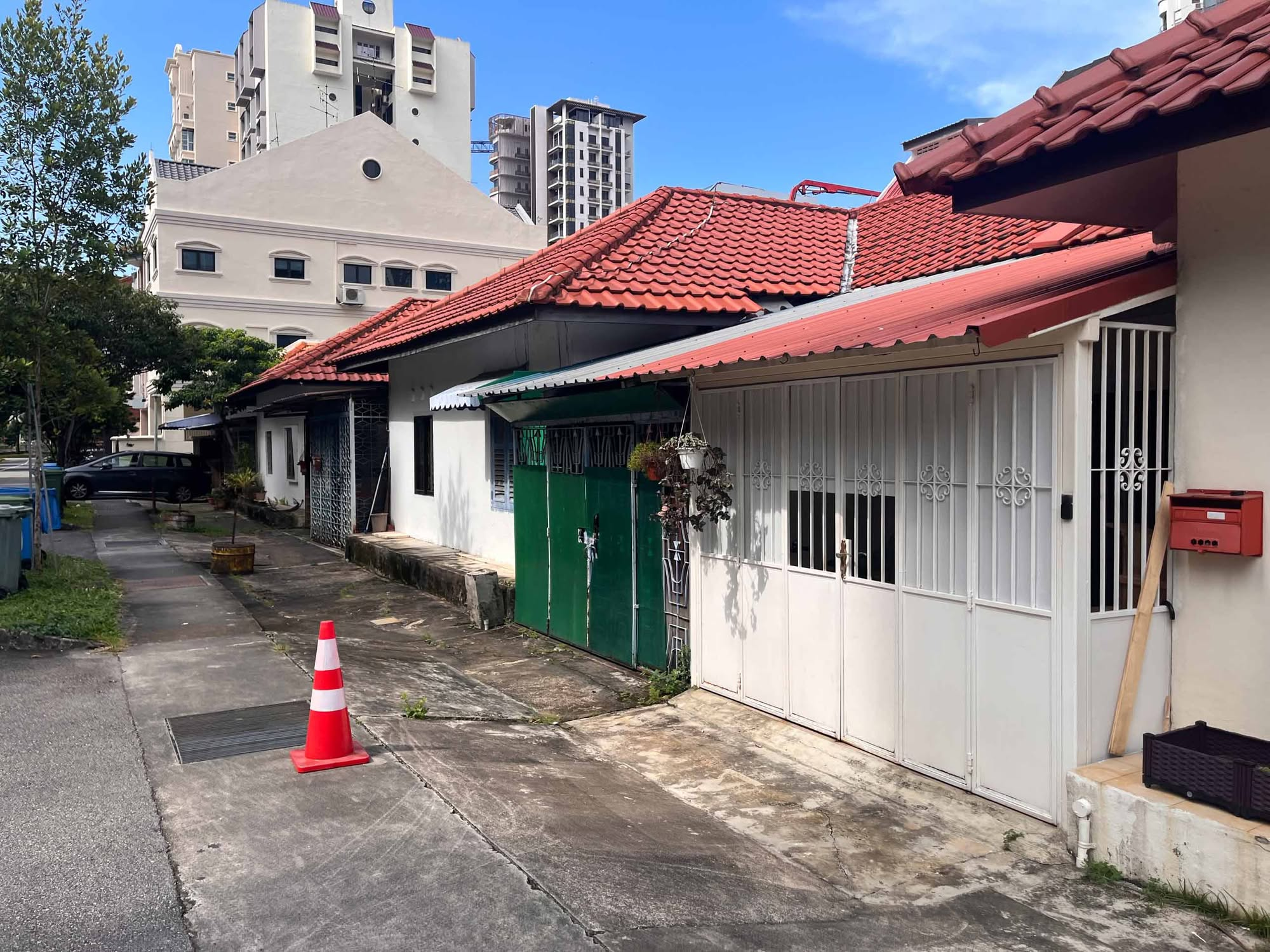
Landed Home Tours We Tour Affordable Freehold Landed Homes In Balestier From $3.4m (From Jalan Ampas To Boon Teck Road)
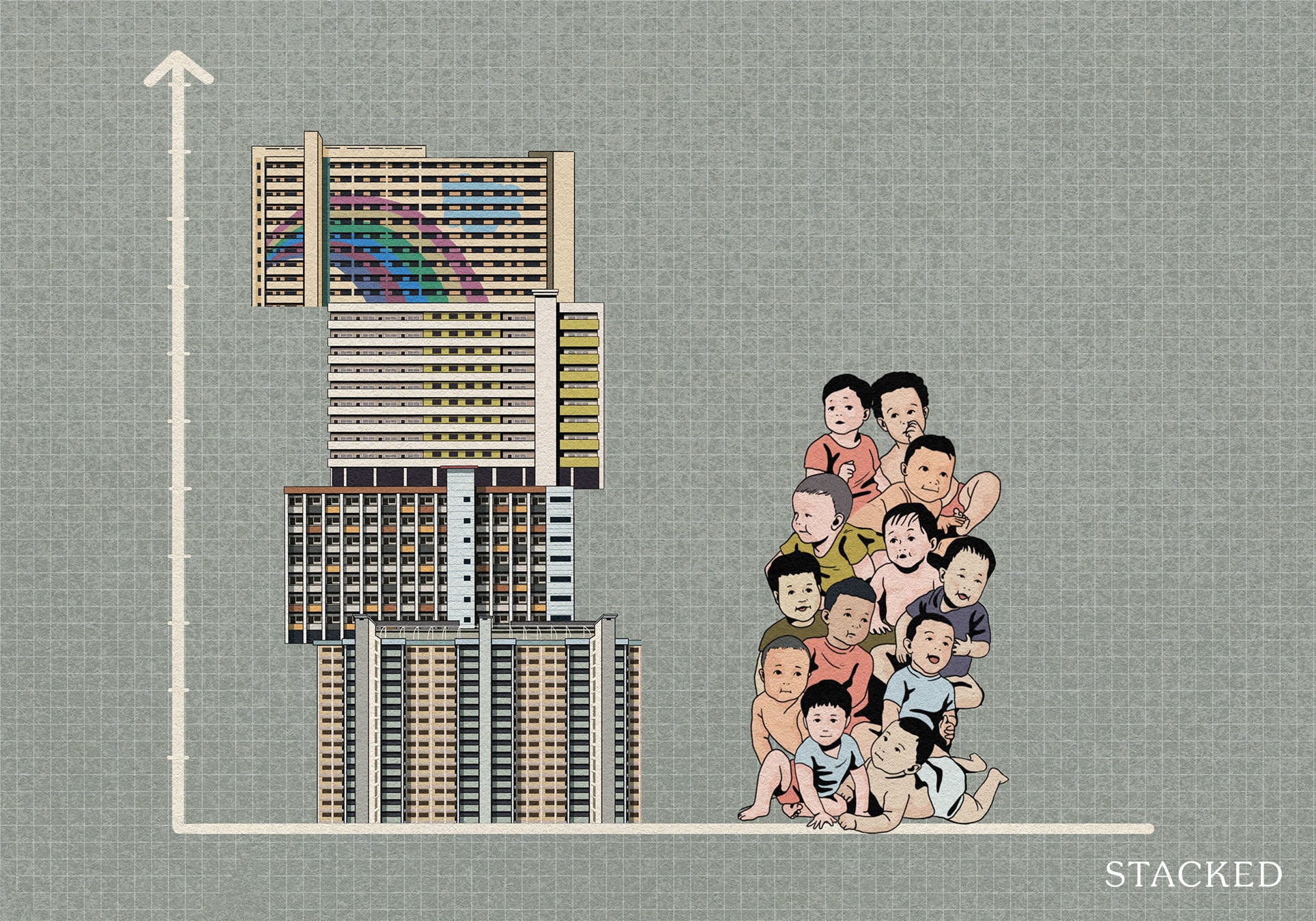
Singapore Property News Is Our Housing Policy Secretly Singapore’s Most Effective Birth Control?

Property Market Commentary Why More Young Families Are Moving to Pasir Ris (Hint: It’s Not Just About the New EC)
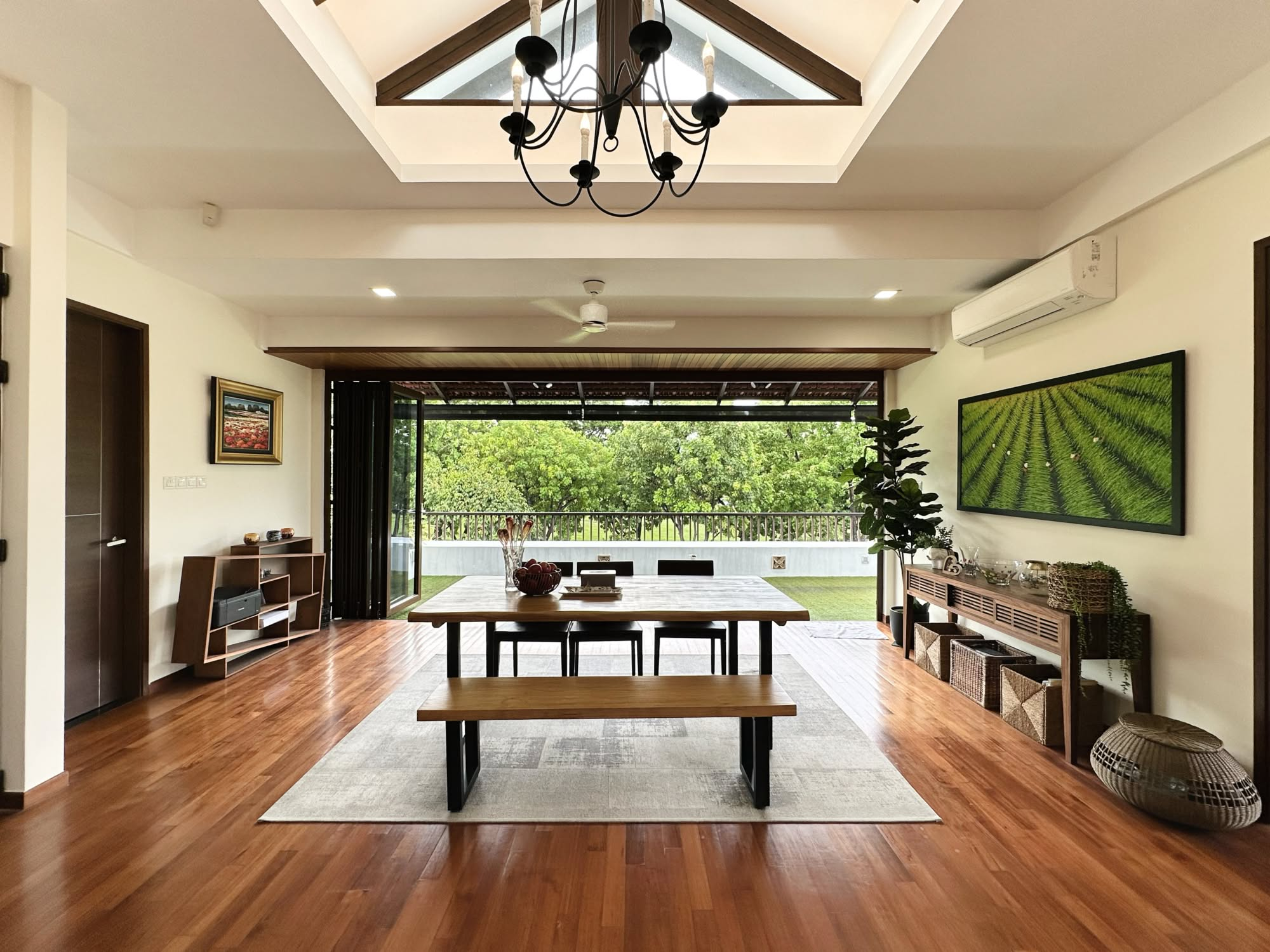
On The Market A 10,000 Sq Ft Freehold Landed Home In The East Is On The Market For $10.8M: Here’s A Closer Look
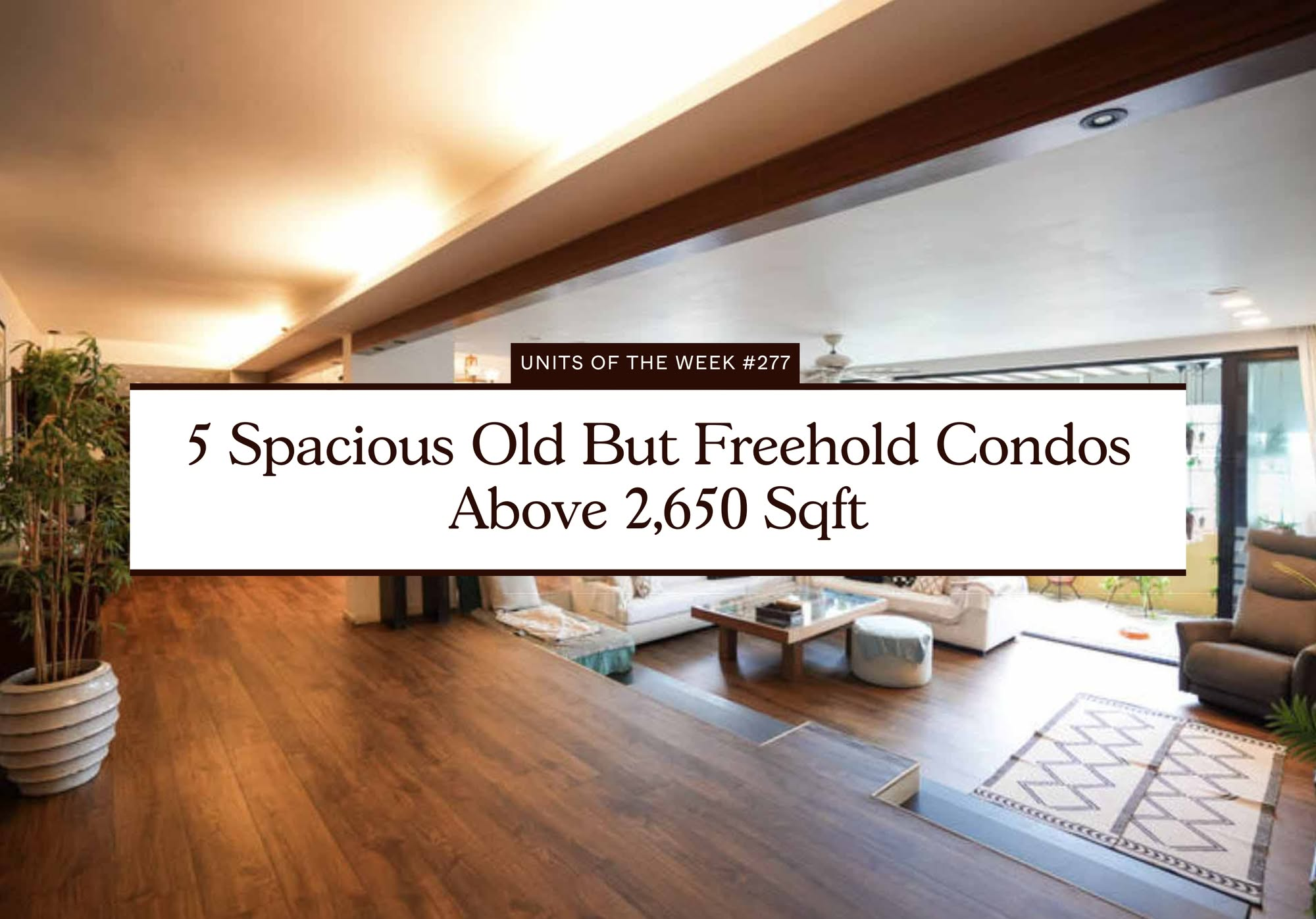
On The Market 5 Spacious Old But Freehold Condos Above 2,650 Sqft
